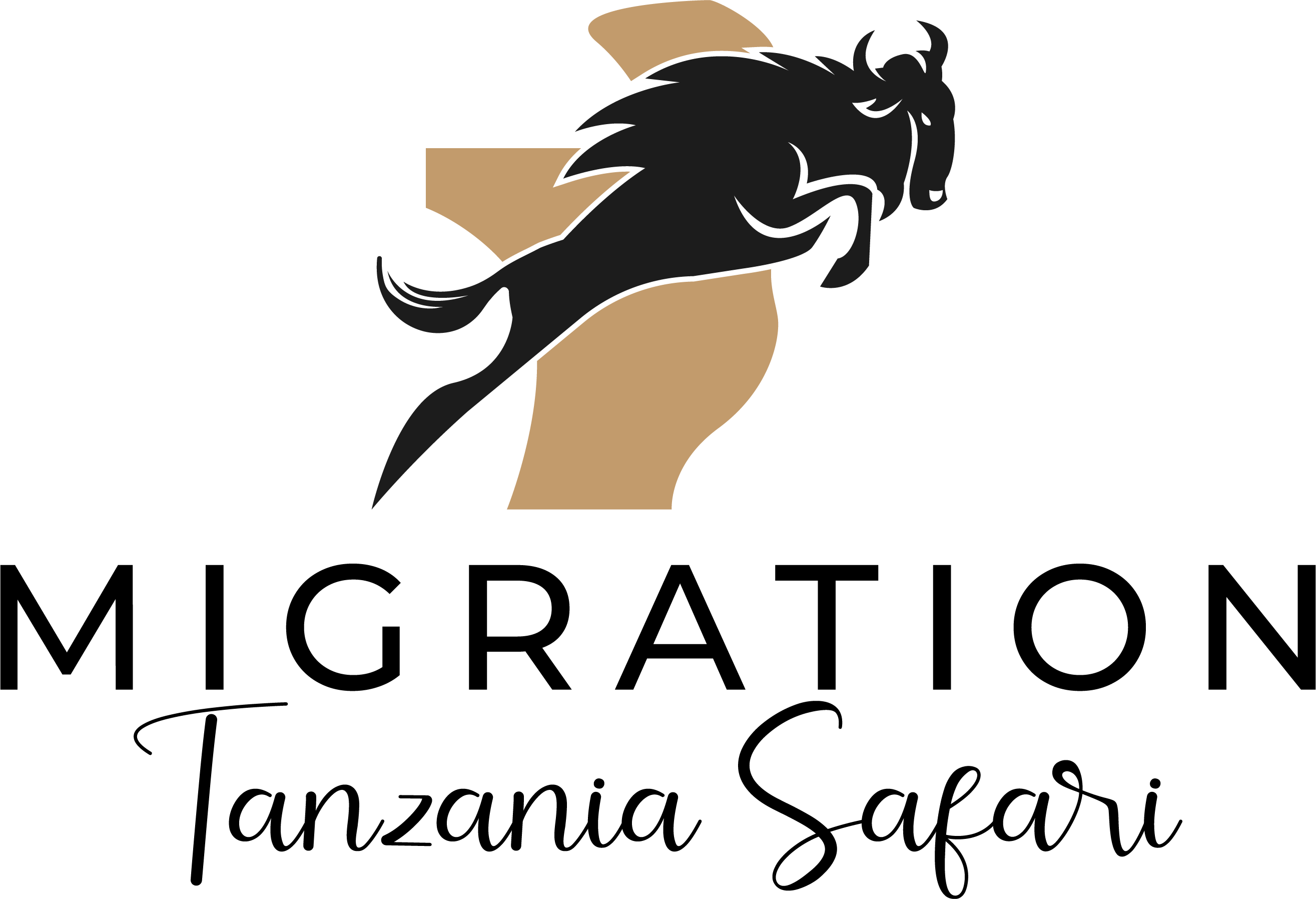There is a good reason why Kilimanjaro is on so many intrepid adventurers bucket list, probably none more than the fact that it is the largest free standing mountain in the world and one of them covetted 7 summits.
It is often thought as the easiest of the 7 summits as no technical climbing experience is needed, however, it is no walk in the park. We hope the below advice will help you prepare so you have the best chance of a scusseful summit.

GET FIT FOR KILIMANJARO
Although no technical experience is required in order to sumit Kilimanjaro it is a tough physical undertaking and therefore prior training is essential if you want to make it to the top and enjoy the trek!
The best training you can do for Kilimanjaro is to hike. That is after all what you will be doing when in Tanzania! The days on Kilimanjaro are long, so make sure you are used to walking up and down steep hills for 6-8 hours at a time and on consecutive days.
Hiking as preparation not only conditions the specific muscles you want, but it also ensures you are fully comfortable in your gear and hardenss your feet minimising the risk of blisters.
If you are unable to hike, or if you don’t have mountains nearby, then make sure you work your leg muscles by doing long walks and hitting the step machine in the gym. Overall aerobic fitness is also very important and will help your body cope better when there is less oxygen.
Lastly you want to be comfortable carrying a 20 lbs/9 kg ruckshack as part of your training.

AVOIDING HIGH ALTITUDE SICKNESS
Making sure you are fit and healthy will certainly help prepare you for high altitude, however, whether you succumb to the impacts of it is very much dependant on genetics. It has managed to wipe out elite athletes whilst moderately fit people have not suffered at all.
There are however a number of things you can do whilst climbing Kilimanjaro to minimise the chances of suffering for the impact of high altitude.
1. Chose one of the longer routes. The best way to acclimitise is to gain height, and then drop down again to sleep. This gives your body a chance to get used to the reduced amount of oxygen in the air. The longer routes such as the Northern Circuit and Lemosho allow for this which is why they have the highest success rates.
2. Take it slow. Unless you are wanting to beat a world record, take it slow. Pole, Pole is a phrase you hear over and over again on the mountain. In Swahili it means slowy. If you can spare an extra day, take an extra day. This will greatly increase your chances of success as your body will be able to cope with the demands much better. Those who take 8 days to summit have an 85% chance of success. This drops to 64% for 7 day hikes, 44% for 6 day hikes and only 27% for 5 day hikes.
3. Drink plenty of water. At high altitude you dehydrate a lot quicker. Not only will this increase the chances of a dehydration headache, fatigue and overall grouchiness, but it is more likely to lead to altitude sickness too. We recommend you carry at least 3 litres of water on the hike with you, and that you drink a litre before departing in the morning and a litre at the end of the day.

LETS TALK GEAR
The porters are going to be doing the heavy lifting, and will be carrying all the food, cooking and sleeping equipment so you really only need to think about yourself. Companies often have gear such as boots for hire. We really don’t recommend this as you want to be wearing items that you have already tried and tested and you know is going to be comfortable. There is nothing worse than developing blisters on day 1!
We would recommend carrying the following:
- Good waterproof and breathable hiking boots that have already been worn in and that you know fit and are comfortable.
- A good waterproof backpack that is capable of carrying your personal belongings. Although the porters do the heavy lifting you will be carrying what you need for the day: food, water, clothes, camera, etc.
- We recommend a water bladder rather than bottles are these allow you to drink without stopping and it is therefore more likely you will drink more.
- Layers! The weather changes drastically from the tropical start to the freezing summit. Make sure you are carrying plenty of layers, including thermals, a down jacket, zip off trousers and merino base layers. This will guarantee you can be comfortable in all weather. These should include quick drying garments should they get wet.
- Waterproof and windproof shell.
- Beanie, buff and gloves.
- Having warm clothes for the night is good, and it allows a break from the smelly sweaty hiking clothes you will have worn throughout the day. These get smelly after several days hiking!
- Basic toiletries such as toothbrush and toothpaste as well as a small medical kit of personal items such as compede and plasters. The guides will have the necessary kit for anything more serious.
- A headtorch
- And the one that everyone forgets, sunglusses and suncream!
